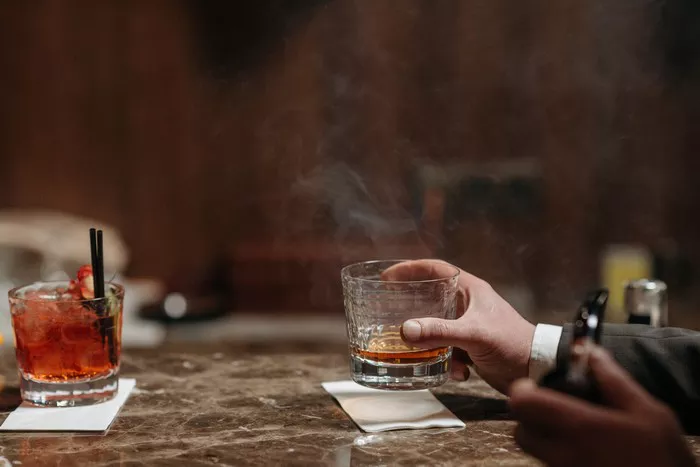In the world of distilled spirits, few beverages exude the same sense of refinement and sophistication as brandy and Cognac. These two renowned spirits have captured the palates of connoisseurs and casual drinkers alike, but what sets them apart? In this article, we embark on a journey to explore the fundamental differences between brandy and Cognac, from their origins and production methods to their flavor profiles and best-suited occasions.
Production Methods: Crafting Liquid Gold
The primary difference between brandy and Cognac lies in their production methods:
Brandy: Brandy is a broad term that encompasses a wide range of spirits made by distilling wine or fermented fruit juice. It can be produced in various regions worldwide, resulting in diverse styles and flavors.
Base Ingredients: Brandy can be made from grapes (grape brandy), fruit other than grapes (fruit brandy), or even grains (grain brandy).
Distillation: The distillation process for brandy typically involves heating the fermented liquid to separate alcohol from water and other compounds.
Cognac: Cognac, on the other hand, is a specific type of brandy produced exclusively in the Cognac region of France. It must adhere to strict regulations and follow a specific production process.
Grapes: Cognac must be made from specific grape varieties, primarily Ugni Blanc (also known as Trebbiano) grapes.
Double Distillation: Cognac is double-distilled in copper pot stills, which contributes to its distinct character.
Aging: Cognac is aged in oak barrels for a minimum period, imparting complexity and character to the spirit.
Region of Origin: The French Connection
One of the most significant distinctions between brandy and Cognac is their geographical origin:
Brandy: Brandy is produced in various regions worldwide, including France, Spain, Italy, and the United States. Each region contributes its unique characteristics to the spirit.
Cognac: Cognac is exclusively produced in the Cognac region of southwestern France. The terroir, climate, and tradition of this region play a crucial role in shaping the spirit’s flavor and quality.
Aging Requirements: Maturing to Perfection
Aging is a crucial factor that differentiates brandy and Cognac:
Brandy: Aging requirements for brandy vary by region and type, with some brandies being aged for several years, while others are bottled relatively young.
Cognac: Cognac has strict aging requirements. To be called Cognac, the spirit must be aged in oak barrels for a minimum of two years. Cognac often benefits from extended aging, with designations like VS (Very Special), VSOP (Very Superior Old Pale), and XO (Extra Old) signifying different aging periods and qualities.
Flavor Profiles: From Fruity to Complex
The flavor profiles of brandy and Cognac can vary widely:
Brandy: Depending on the base ingredient and production methods, brandy can offer a range of flavors, from fruity and floral notes to nutty and spicy nuances.
Cognac: Cognac is known for its complexity and balance. It often exhibits flavors of dried fruits, vanilla, oak, and subtle floral and citrus notes.
Best Uses: Sipping and Mixing
Both brandy and Cognac have their preferred ways of consumption:
Brandy: Brandy’s versatility makes it suitable for sipping neat, on the rocks, or as a base for a wide range of cocktails and mixed drinks.
Cognac: Cognac’s nuanced flavors and smoothness make it an excellent choice for sipping neat or with a splash of water. It’s also a favored ingredient in classic cocktails like the Sidecar and Sazerac.
Conclusion: A Tale of Two Spirits
In conclusion, while both brandy and Cognac fall under the broad category of distilled spirits, they are distinct in their production methods, regions of origin, aging requirements, and flavor profiles. Whether you’re savoring the complexity of a fine Cognac or enjoying the versatility of brandy, each spirit offers a unique experience that reflects the artistry and tradition of its makers.


